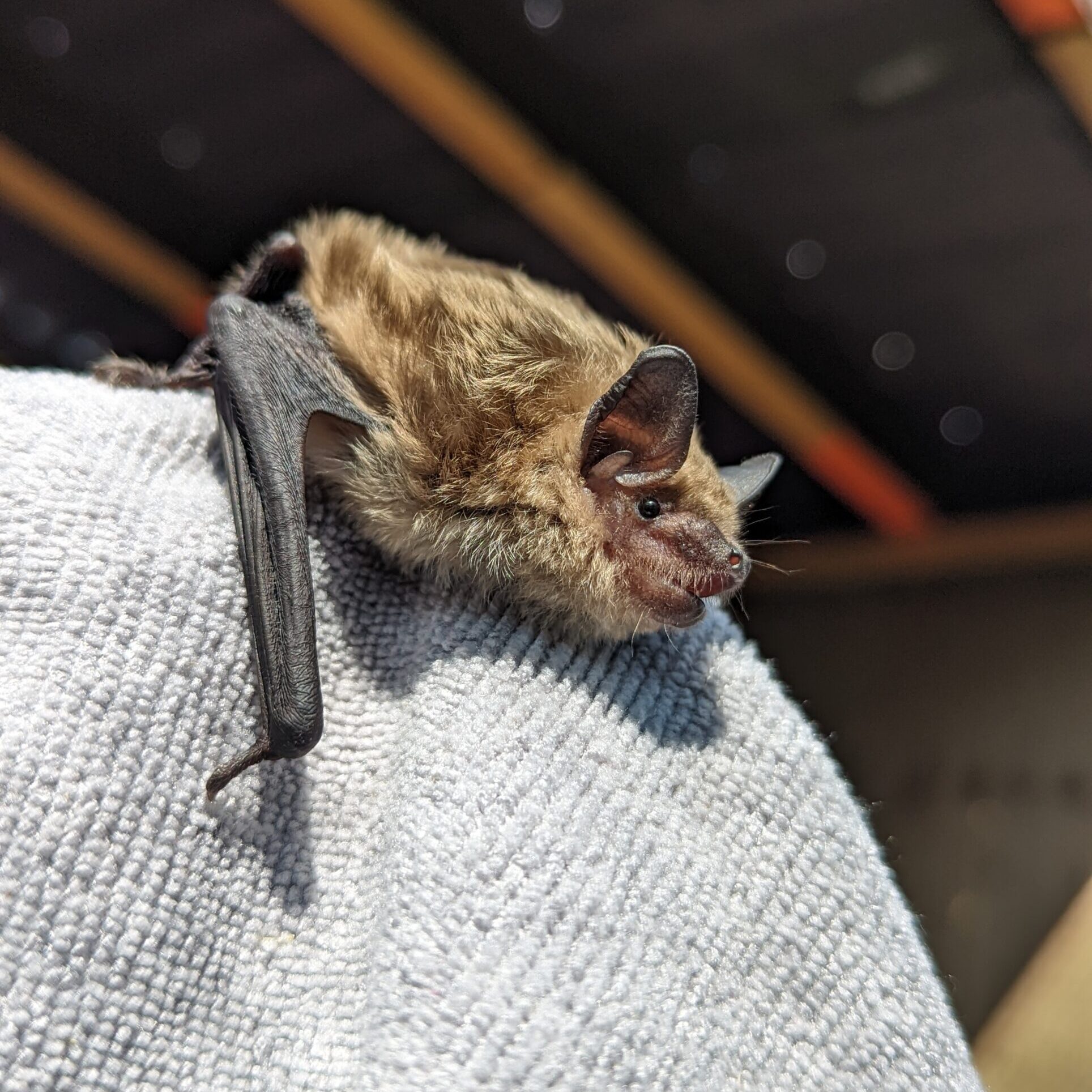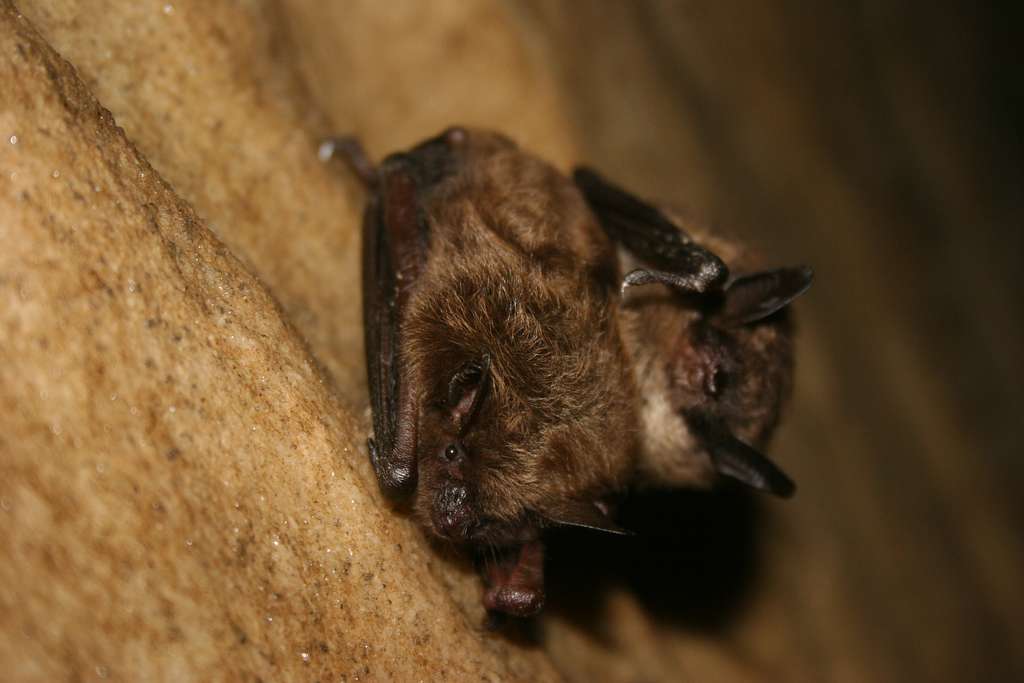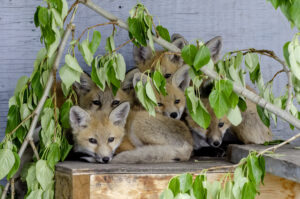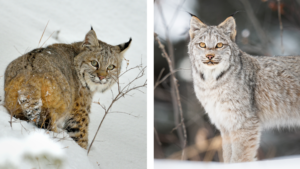By Holly Hastings
Alberta is home to nine species of bats; for a list of species, click here. They can be split into two groups:1 long-distance migrants and2 year-round hibernators.2 A whopping 1450 species of bats can be found worldwide.3 They are also the only mammals that can fly!4 You might think that bats are more closely related to mice than humans, but surprisingly, you’d be wrong.5 Bats are in the scientific Order “Chiroptera,” meaning that their forelimbs evolved into a “hand wing,” which is like a human hand with stretched skin between the fingers.6 They live long lives; one Albertan bat was 39 years old.7 Bats are significant to ecosystem health and maintenance, but before we delve into their importance, let’s take a peek into the life of an Albertan bat.
Winter
Imagine you’re hibernating for the cold seven or so months of Alberta’s winter with the rest of your colony.9 Your body temperature and metabolism have lowered and slowed. You are in a deep, restful sleep, sometimes shifting a little to reposition your wings. Hoping not to be too disturbed by other species, or you might use your fat storage too soon; you worked hard this past fall to sustain yourself through the winter.10 Your dreams are filled with those delicious insects you love to snack on.
Spring
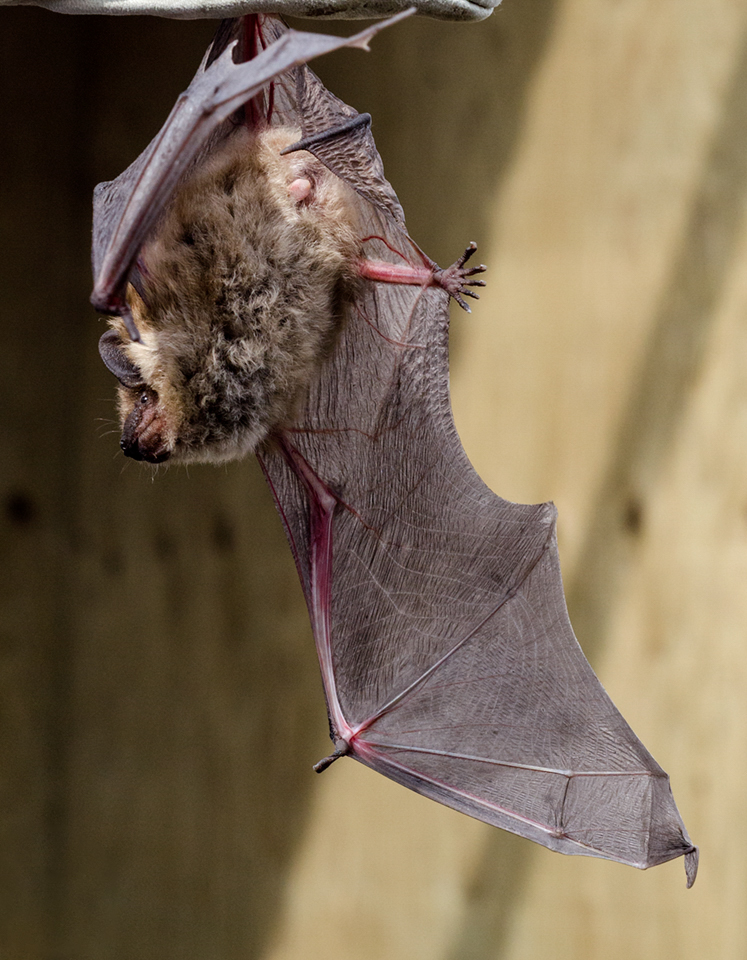
At last, you stir and start to wake up around April or May.11 Is that the smell of sweet, sweet insects? The ice in the tundra outside is beginning to melt, and you take a large, glorious stretch of your wings. You take the plunge and fly out into the crisp, fresh spring air. You replenish your body with mouthfuls of bugs and begin to grow stronger for the coming months.
Summer
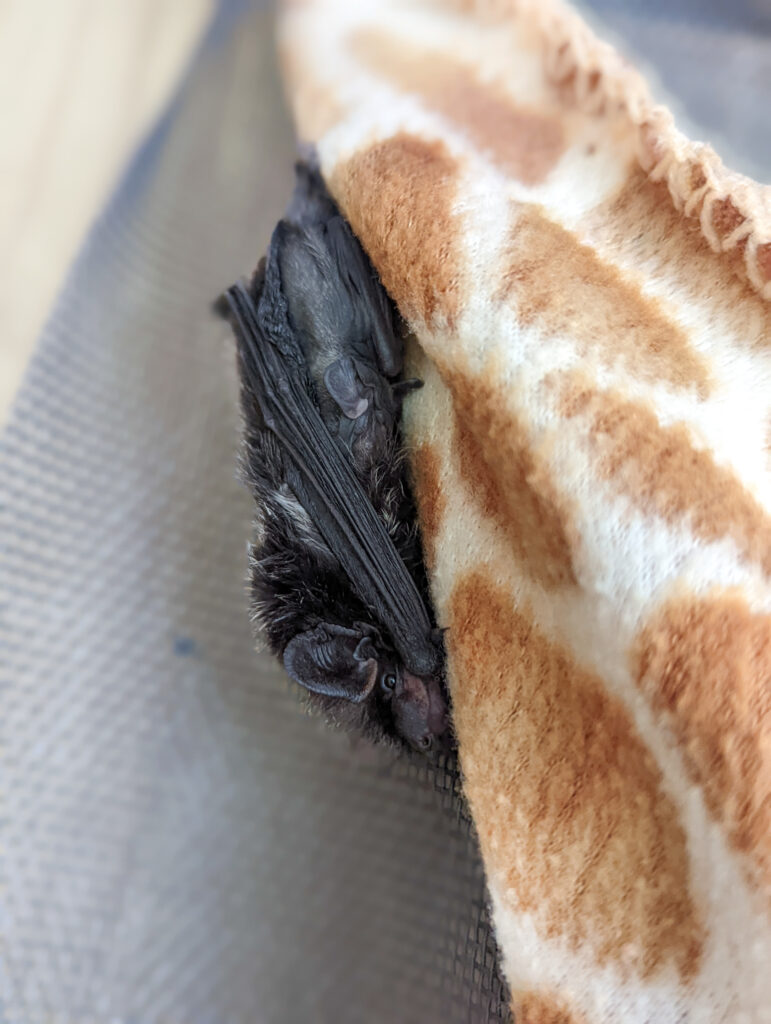
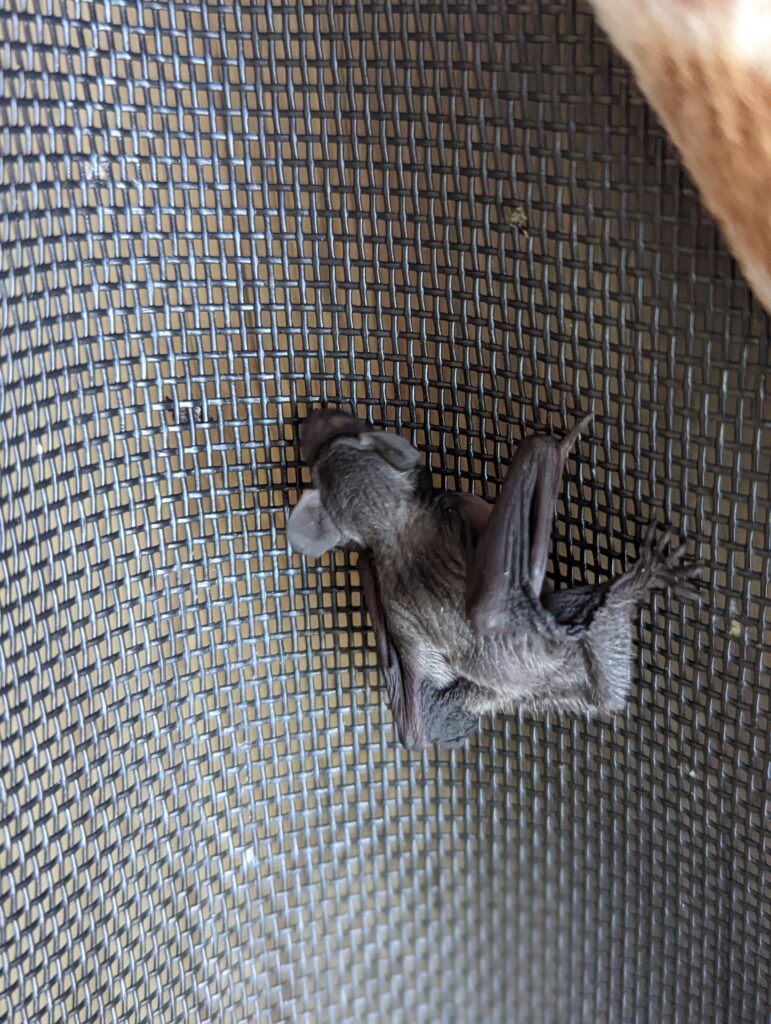
The days are long and hot and filled with insects. You glide through Alberta’s starlit nights and use your echolocation to navigate the dark. Some nights, you can consume masses of insects weighing almost as much as yourself.12 During the day, you rest in trees and caves, often with the rest of the females in your colony.14 You and others birthed your pups around late May to early July.14 As your species only produces a single offspring at a time, you keep them very close, clinging to your fur when you fly for around four weeks until they can fly on their own.15 Your species of pups are born early in the year to give them enough time to learn to fly, catch insects, and gain weight to be ready for winter.16 On sweltering days, you use your “mammal magic” called torpor to lower your body temperature, similarly to reptiles.17
Fall
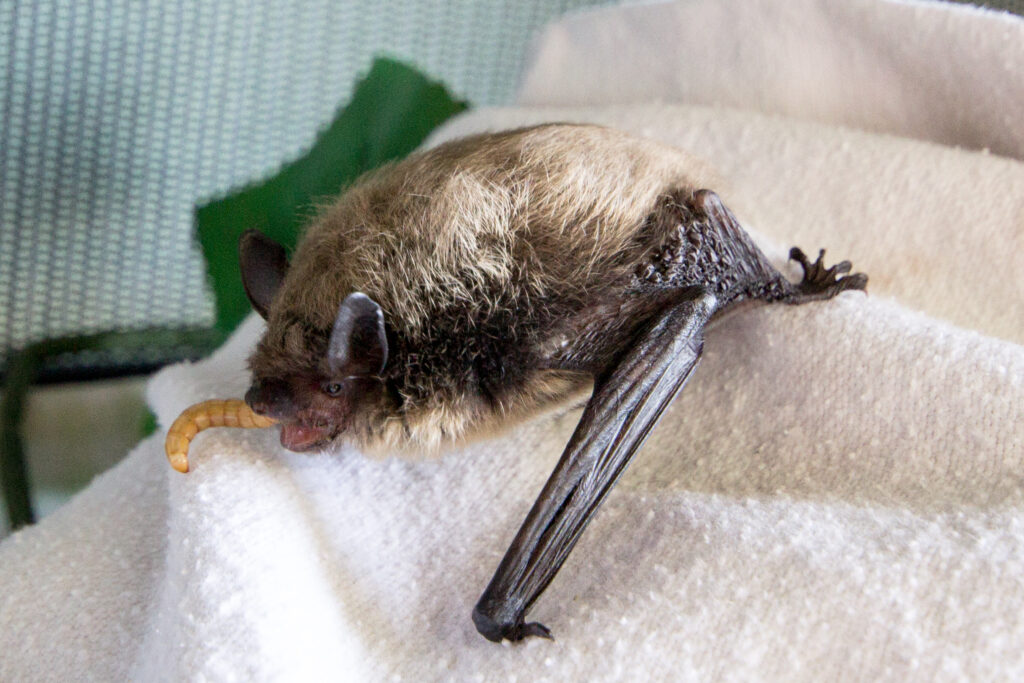
The leaves start changing colour and the air grows colder, cueing changes to your behaviour. As you’re a hibernating species, you stay in Alberta. But migratory species head out before the end of September.18 This fall, your task is to build up your fat storage for the winter again.19 You feed as much as possible and head to a breeding swarm near your hibernation site to have another pup come the spring.20 The days and temperatures shorten, so you and your colony finally take your favourite spots in the cave and rest your wings at your side. You close your eyes again and drift off into the sweet dreams of bugs, starting the cycle again.
Bats are essential in many ways, but their benefits often occur at night and, therefore, are “under the radar” for us humans.21Below are some ways in which bats are essential to ecosystems22:
- Consuming mass amounts of insects that can otherwise harm large crop fields
- Tropical bats pollinate hundreds of plants each year
- Fruit-eating tropical bats disperse seeds while flying and aid in forest regeneration
Wondering how you can help bats?
Here are a few ways to keep our bats safe!23
Avoid disturbing hibernating bats
Maintain large old trees, vegetation, and wetland
Monitor bat roots and report them to the Alberta Community Bat Program here.
Tell everyone you know how significant bats are for our ecosystems
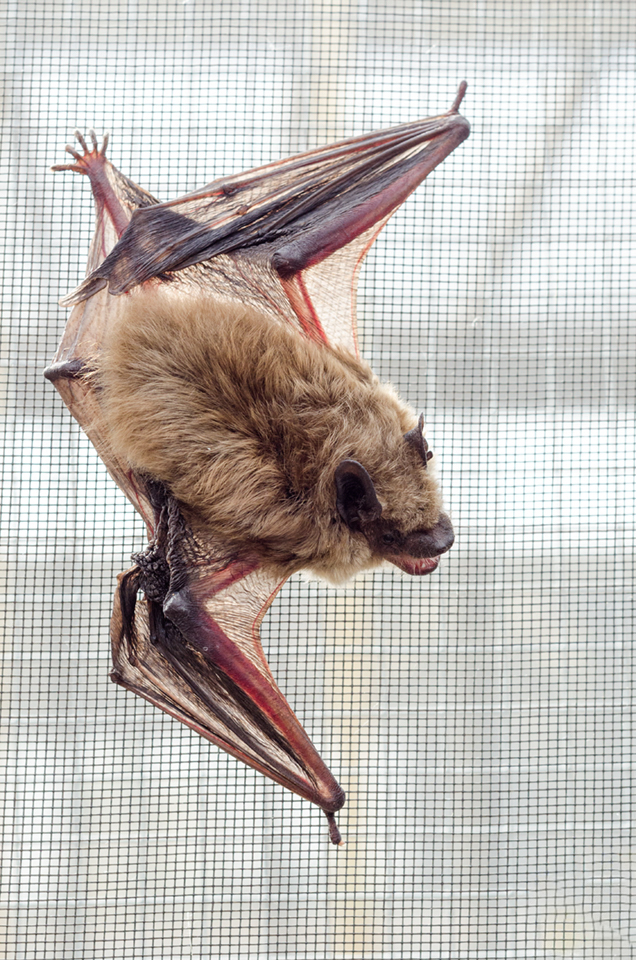
References
- “About Bats.” Wildlife Conservation Society. https://wcsbats.ca/bats
- “Bat Profiles.” Alberta Community Bat Program. https://www.albertabats.ca/batprofiles/.
- “Bat Profiles.” Alberta Community Bat Program. https://www.albertabats.ca/batprofiles/.
- “About Bats.” Wildlife Conservation Society. https://wcsbats.ca/bats
- “About Bats.” Wildlife Conservation Society. https://wcsbats.ca/bats
- “About Bats.” Wildlife Conservation Society. https://wcsbats.ca/bats
- “A year in the life of a bat.” Alberta Community Bat Program. https://www.albertabats.ca/wp-content/uploads/AAB_Bat-Poster_Large-Format.pdf
- “Bat Profiles.” Alberta Community Bat Program. https://www.albertabats.ca/batprofiles/.
- “A year in the life of a bat.” Alberta Community Bat Program. https://www.albertabats.ca/wp-content/uploads/AAB_Bat-Poster_Large-Format.pdf
- “A year in the life of a bat.” Alberta Community Bat Program. https://www.albertabats.ca/wp-content/uploads/AAB_Bat-Poster_Large-Format.pdf
- “A year in the life of a bat.” Alberta Community Bat Program. https://www.albertabats.ca/wp-content/uploads/AAB_Bat-Poster_Large-Format.pdf
- “About Bats.” Wildlife Conservation Society. https://wcsbats.ca/bats
- “A year in the life of a bat.” Alberta Community Bat Program. https://www.albertabats.ca/wp-content/uploads/AAB_Bat-Poster_Large-Format.pdf
- “Building Resilience for Bats.” Waterton Biosphere Region. https://www.watertonbiosphere.com/projects/bats/
- “A year in the life of a bat.” Alberta Community Bat Program. https://www.albertabats.ca/wp-content/uploads/AAB_Bat-Poster_Large-Format.pdf
- “About Bats.” Wildlife Conservation Society. https://wcsbats.ca/bats
- “About Bats.” Wildlife Conservation Society. https://wcsbats.ca/bats
- “A year in the life of a bat.” Alberta Community Bat Program. https://www.albertabats.ca/wp-content/uploads/AAB_Bat-Poster_Large-Format.pdf
- “A year in the life of a bat.” Alberta Community Bat Program. https://www.albertabats.ca/wp-content/uploads/AAB_Bat-Poster_Large-Format.pdf
- “A year in the life of a bat.” Alberta Community Bat Program. https://www.albertabats.ca/wp-content/uploads/AAB_Bat-Poster_Large-Format.pdf
- “What Is So Special About Bats?” NABat North American Bat Monitoring Program. https://www.nabatmonitoring.org/why-are-bats-important
- “What Is So Special About Bats?” NABat North American Bat Monitoring Program. https://www.nabatmonitoring.org/why-are-bats-important
- “Bat Profiles.” Alberta Community Bat Program. https://www.albertabats.ca/batprofiles/.

